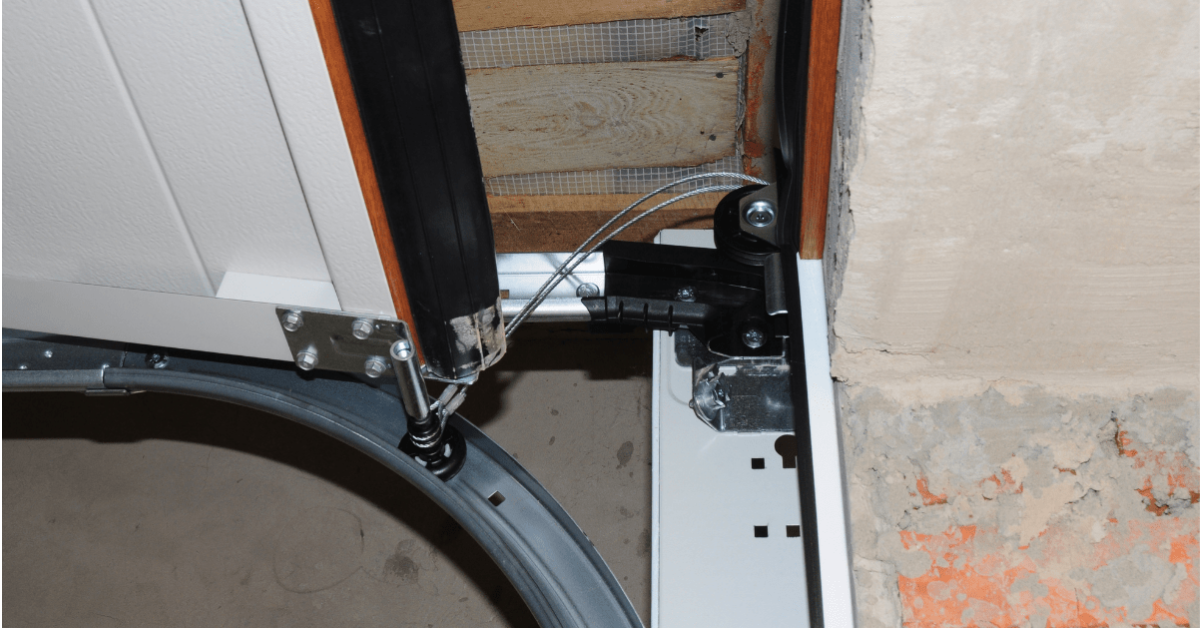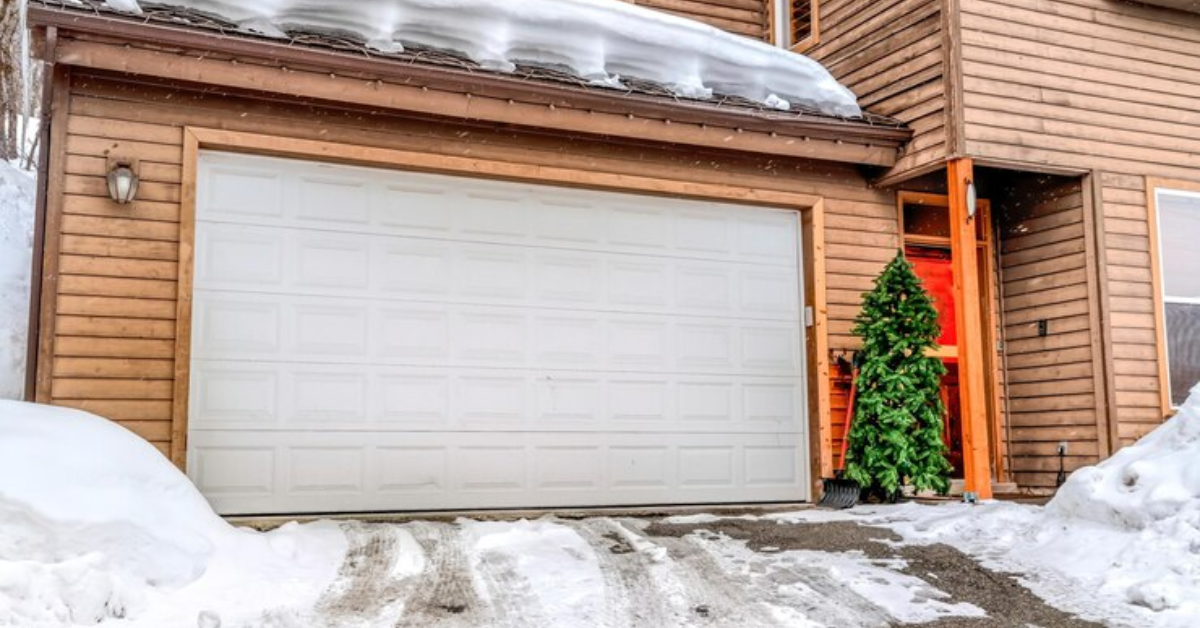5 Common Mistakes When Repairing Garage Door Rollers
The functionality of garage doors relies significantly on the condition of their rollers, making garage door roller repair a crucial aspect of maintenance. These small yet essential components play a pivotal role in facilitating smooth door movement, ensuring operational efficiency. Understanding the intricacies of garage door roller repair is essential for homeowners and DIY enthusiasts alike, as it directly influences the door's performance and longevity. From addressing wear and tear to resolving operational issues, effective roller repair is fundamental to the overall health of the garage door system.
Proper maintenance of garage door rollers is vital to ensure the seamless operation of the entire garage door mechanism. Overlooking or incorrectly addressing roller issues can lead to a cascade of problems, affecting not only the door's functionality but also the
safety and security of the property. In this comprehensive exploration of
common mistakes in garage door roller repair, we delve into the nuances of roller maintenance, emphasizing the significance of proper care to prevent avoidable complications. By understanding these common pitfalls, homeowners can equip themselves with the knowledge needed to undertake effective roller repairs and contribute to the prolonged efficiency of their garage door systems.
Mistake 1: Neglecting Regular Inspection
Regular inspection stands as the cornerstone of effective garage door roller maintenance and overall preventative care. Conducting routine checks on the condition of the rollers allows homeowners to identify potential issues at an early stage, preventing them from escalating into more significant problems. During these inspections, individuals can assess the alignment, lubrication, and overall condition of the rollers, ensuring they operate seamlessly within the door tracks. This proactive approach not only aids in preserving the longevity of the rollers but also contributes to the optimal performance of the entire garage door system. By incorporating regular inspections into their maintenance routine, homeowners can address concerns promptly, minimizing the risk of unexpected malfunctions.
Consequences of Overlooking Roller Wear and Tear
Neglecting the essential practice of regular roller inspection can lead to severe consequences, primarily stemming from the deterioration of the rollers over time. Wear and tear, if left unattended, can compromise the structural integrity of the rollers, resulting in issues such as misalignment, decreased smoothness in movement, and increased friction within the door tracks. These consequences not only hinder the door's overall functionality but may also contribute to additional stress on other components, potentially leading to more extensive and costly repairs. Furthermore, worn-out rollers may produce
unsettling noises during operation, alerting homeowners to the presence of an underlying problem that demands attention. By understanding the ramifications of neglecting regular roller inspection, individuals can prioritize preventative measures and ensure the sustained reliability of their garage door system.
Mistake 2: Using Inappropriate Lubricants
Effective lubrication is paramount to the optimal functioning and longevity of garage door rollers. The intricate mechanics of these components necessitate a proper lubrication regimen to reduce friction, minimize wear and tear, and ensure smooth operation. Properly lubricated rollers contribute to the overall efficiency of the garage door system, preventing issues such as noise, resistance, and premature deterioration. Regular application of suitable lubricants is an indispensable aspect of routine maintenance, significantly enhancing the performance and lifespan of garage door rollers.
Types of Lubricants to Avoid and Recommended Alternatives
One common mistake in roller maintenance is the use of inappropriate lubricants, which can have detrimental effects on the rollers and the entire garage door mechanism. Certain lubricants, such as heavy oils or greases, may attract dust and debris, leading to the accumulation of abrasive particles that accelerate wear. It's crucial to avoid using thick or sticky substances that hinder the rollers' free movement. Instead, opt for silicone-based or white lithium grease lubricants, specifically formulated for garage door components. These alternatives provide effective lubrication without attracting debris, ensuring a clean and efficient operation.
Mistake 3: Incorrect Roller Installation
Proper installation is foundational to the functionality and longevity of garage door rollers. Following precise guidelines during the installation process is essential to ensure that the rollers align correctly within the door tracks. Homeowners and installers should meticulously adhere to manufacturer recommendations, considering factors such as roller size, material, and alignment specifications. Attention to detail in installation includes securing rollers in the designated track positions, verifying proper spacing, and confirming secure fastening. Strict adherence to these guidelines not only facilitates the smooth movement of the garage door but also contributes to the overall reliability of the entire system.
Incorrect
installation of garage door rollers can have profound consequences on the performance and efficiency of the entire garage door system. Misaligned or improperly secured rollers may cause uneven movement, increased friction, and premature wear. These issues not only compromise the smooth operation of the door but can also lead to stress on other components, such as the opener and tracks. Also, incorrect installation may contribute to operational noise, signaling potential damage and necessitating corrective action. Understanding the impact of improper roller installation underscores the importance of meticulous attention to detail during the installation process.
Mistake 4: Ignoring Unusual Sounds and Movements
Vigilance towards unusual sounds is a key aspect of garage door maintenance, as they often serve as audible indicators of potential roller issues. Homeowners should be attuned to sounds like grinding, squeaking, or rattling during the door's operation, as these may signify problems with the rollers. Each sound can offer insights into specific issues, such as misalignment, wear, or inadequate lubrication. Recognizing these auditory cues becomes a crucial element in identifying roller-related problems early on, allowing for timely intervention and preventing more extensive damage.
Unusual movements exhibited by a garage door, such as jerking, hesitating, or uneven travel, are visual manifestations of potential roller issues. Ignoring these irregularities can lead to more severe damage to both the rollers and other components of the garage door system. Promptly addressing unusual movements involves conducting a thorough inspection to identify the root cause of the problem, whether it be misaligned rollers, worn-out components, or insufficient lubrication. Timely intervention not only prevents further damage but also contributes to the overall safety and efficiency of the garage door.
Mistake 5: DIY Overhaul Without Professional Guidance
While DIY initiatives are commendable, there are instances when seeking professional assistance for roller repair becomes imperative. Recognizing the need for professional help involves assessing the complexity of the roller issues. If the problems extend beyond routine maintenance, such as misalignment, severe wear, or structural damage, it's advisable to seek the expertise of a professional. If DIY attempts fail to resolve the issues or if safety concerns arise during the repair process, it is a clear indicator to enlist the assistance of a qualified garage door technician. Knowing when to seek professional help ensures that roller repair is conducted with precision, minimizing the risk of further complications.
Risks and Consequences of DIY Overhaul Without Expertise
Undertaking a DIY overhaul of garage door rollers without the requisite expertise can lead to a range of risks and consequences. Inexperienced handling may exacerbate existing issues, potentially causing further damage to the rollers or other components. DIY attempts might overlook critical safety considerations, posing risks of injury or property damage during the repair process. Moreover, without a comprehensive understanding of garage door mechanics, DIY enthusiasts may inadvertently introduce errors that compromise the system's overall functionality. Recognizing the risks and consequences of DIY overhauls underscores the importance of relying on professional guidance for complex roller repairs.
Conclusion
Maintaining your garage door system's optimal functionality requires understanding and rectifying common mistakes in roller repair. By recapping the significance of regular inspection, proper lubrication, correct installation, prompt attention to unusual sounds and movements, and the avoidance of DIY overhauls without expertise, homeowners can enhance the longevity and performance of their garage doors. However, it's imperative to acknowledge the complexities involved and the potential risks associated with roller repair. Seeking professional assistance, such as that offered by FIX N GO Garage Door Repair & Instalation, ensures expert guidance, meticulous repair processes, and ultimately, the safety and efficiency of your garage door system.




